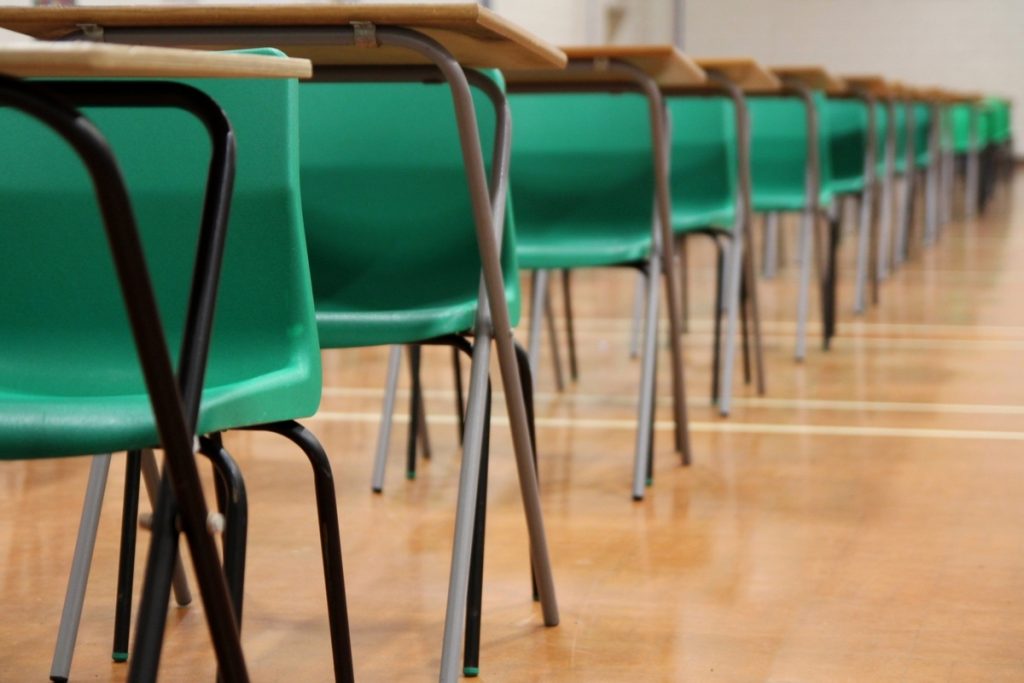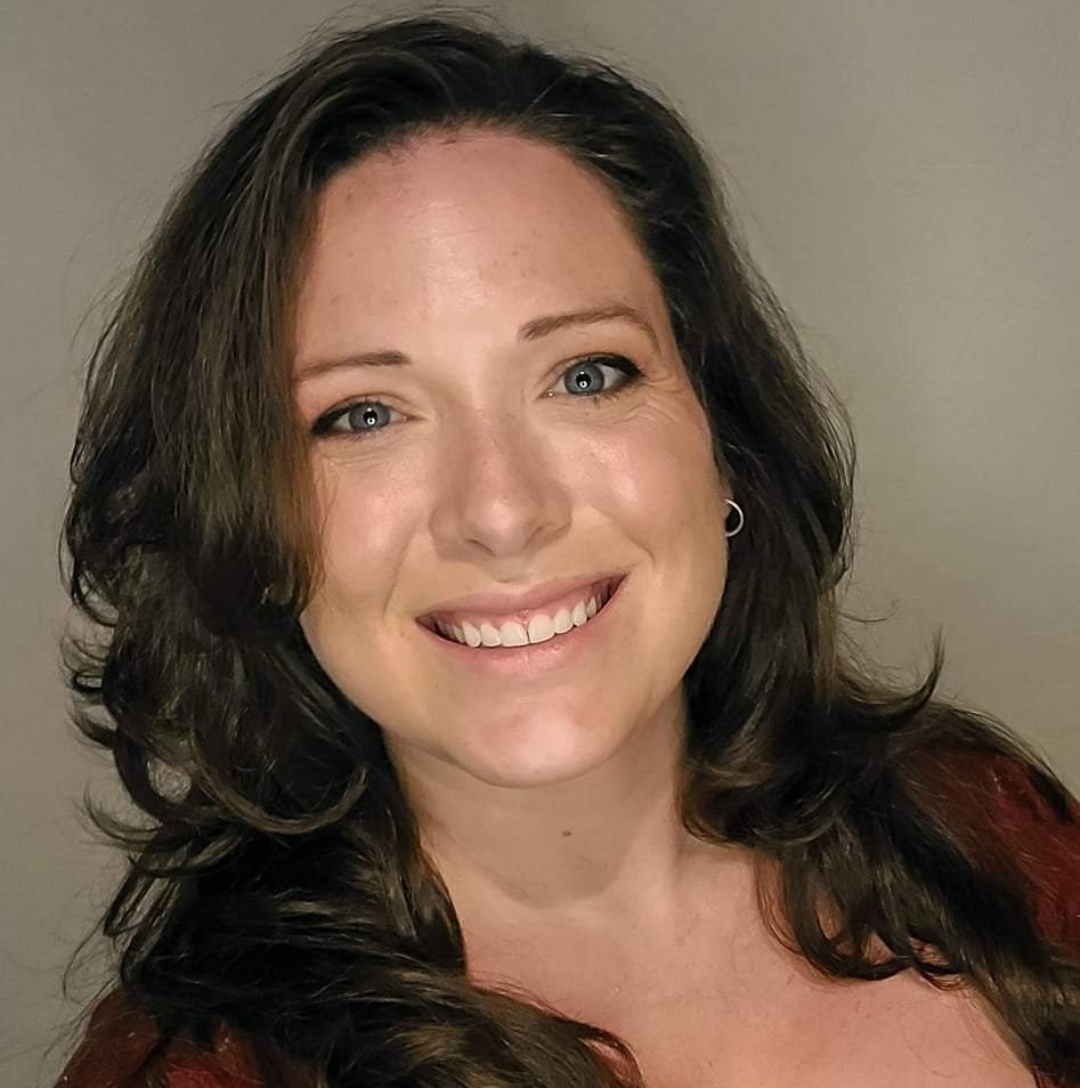By Samantha Fox.
Expanded School Vouchers in Arizona
School Choice has been a topic of debate among politicians, religious leaders, parents, and educators for decades. At the center of the debate are parents wishing to pull their children from the public education system to find a private institution better aligned with their values. Arizona implemented a School Choice voucher program in 2011, which was expanded in 2022, making it the most comprehensive—and expensive—in the country. In September 2022, every student became eligible for a voucher in the form of an Empowerment Savings Account (“ESA”) worth an average of $7,200 per year. While the original program applied to students who met certain criteria, the recent expansion set Arizona apart from other states by making a voucher available to every student regardless of need—including financial or special education. The massive 2022 expansion lets any student apply for public funds to pay for private, parochial, or home schooling. Arizona’s top ranking nationally for voucher spending boldly contrasts its bottom three ranking in per-student spending in its public schools. The ballooning cost projections for the uncapped voucher expansion have gone from $125 million at implementation to $376 million in January to its most recent calculated cost of nearly $950 million.
Impact in Arizona and Outpacing Projections
There are 1.1 million students in the Arizona public school system, approximately 60,000 students in private schools, and 38,000 students being homeschooled. The nearly 100,000 students already outside the public education system became immediately eligible to apply for an ESA, making a large percentage of the program’s projected price tag a new cost to the state’s General Fund. The latest projections from June anticipate the program could reach $950 million, which could result in a $320 million deficit to the General Fund in the 2024 fiscal year. According to these projections, over 50% of all new K-12 education funding will be going toward only 8% of students.
Two of the program’s top officials resigned around the time these updated projections were made public. The Operations Director and the Executive Director both resigned after spending less than one year in their roles. At the time, the program had grown from around 12,000 to more than 60,500 students. Officials estimate it could grow to 100,000 students.
Proponents claim that the voucher program should save money because the $7,200 voucher is less than the approximately $13,000 a year the average school district receives per pupil. However, this figure takes into account federal aid and local taxes and the Arizona Association of School Business Officials has calculated that, looking at solely state funds, it costs around $500 more a year for a voucher than basic state aid. Opponents also argue that there are no cost savings for public schools—which are funded on a per-pupil basis—because they face the same fixed and variable costs to operate, such as teacher salaries and utilities. They suggest that the program will further underfund the public school system. States with voucher programs often invest less in their public schools than other states.
As for tracking outcomes, researchers have found it difficult to evaluate the program because Arizona does not collect data such as race, socioeconomic background, scores, and graduation rates. It is also difficult to evaluate participation without this data. Lower income students may be unable to take advantage of an ESA due to a lack of access or transportation to private schools. These schools are often in wealthier areas and require tuition and other costs that typically exceed the average voucher.
Conversations Surrounding Vouchers in Arizona
National interest in voucher programs accelerated during the pandemic when many parents and education officials fiercely disagreed over things such as remote learning, masking, and vaccines. Other political controversies around race, gender, and sexual orientation have brought bitter divide into the classroom. For some parents, the solution is to leave the public school system entirely, and Arizona is writing them checks with few limitations on how they can be spent. Others want to see greater transparency and a more robust investment in the public school system.
In 2017, Arizona passed universal expansion with enrollment caps which was then referred to the ballot through a signature petition process. Voters rejected the measure two to one. Undeterred, proponents moved to pass the measure again. Opponents again collected signatures. But key backers of the voucher expansion combed through 8,125 sheets of signatures, finding that the petition did not contain the 118,843 signatures required for referral. The expansion therefore went into effect without voter input in September 2022. Then-Governor Doug Ducey said in a statement that “our kids will no longer be locked in under-performing schools.” Opponents argue that many of those under-performing schools are also underfunded by the state and located in low-income communities. Shortly after taking office, Governor Katie Hobbs indicated she would seek to undo the expansion and return Arizona to the prior voucher program.
Attorney General Kris Mayes issued a warning that students risk losing federal protections under the program. She warned that “families should know that when they accept an ESA, they lose protections from discrimination related to a child’s learning abilities, religion and sexual orientation.” Private schools are not subject to the same federal regulations as public schools, such as Free and Appropriate Public Education (FAPE) and Family Educational Rights and Privacy Act (FERPA).
Arizona Superintendent of Public Instruction Tom Horne defeated incumbent Kathy Hoffman in 2022. Horne campaigned on “fighting critical race theory” and stopping the “liberal indoctrination” of children in Arizona schools, according to his website. Once in office, he launched the “Empower Hotline” in March 2023, through which residents can report curriculum that they deem “inappropriate.” Horne is particularly concerned with reporting lessons that “focus on race or ethnicity rather than individuals and merit, promote gender ideology and social emotional learning.” He has also used some of the $10 million budget designated for administering the program to advertise for ESAs throughout the state.
The Future of Arizona’s Empowerment Scholarship Accounts
There is significant political pressure on both sides of the aisle on the topic of “school choice.” Proponents believe it necessary to put parents in the driver’s seat to make educational decisions for their children. Opponents cite the importance of investing in our public schools. Recent Supreme Court decisions approving prayer on school grounds and state money for religious schools has created concern for some about the separation of church and state, as well as the perceived influence of religious conservatives on national policy. Amid the national debate, all eyes are on Arizona to see what happens to the most comprehensive school choice program in the nation. In response to growing pressure about cost and accountability, the Arizona House of Representatives put together a special bipartisan committee to look at issues relating to oversight of the program. A report by the committee is expected at the end of 2023.


Samantha Fox is a 2L staff writer for the Arizona State Law Journal. Before attending law school she served as a State Representative in New Hampshire and managed cafes for a local coffee roaster. Outside of school, she enjoys exploring new parts of town and spending time with her son.
